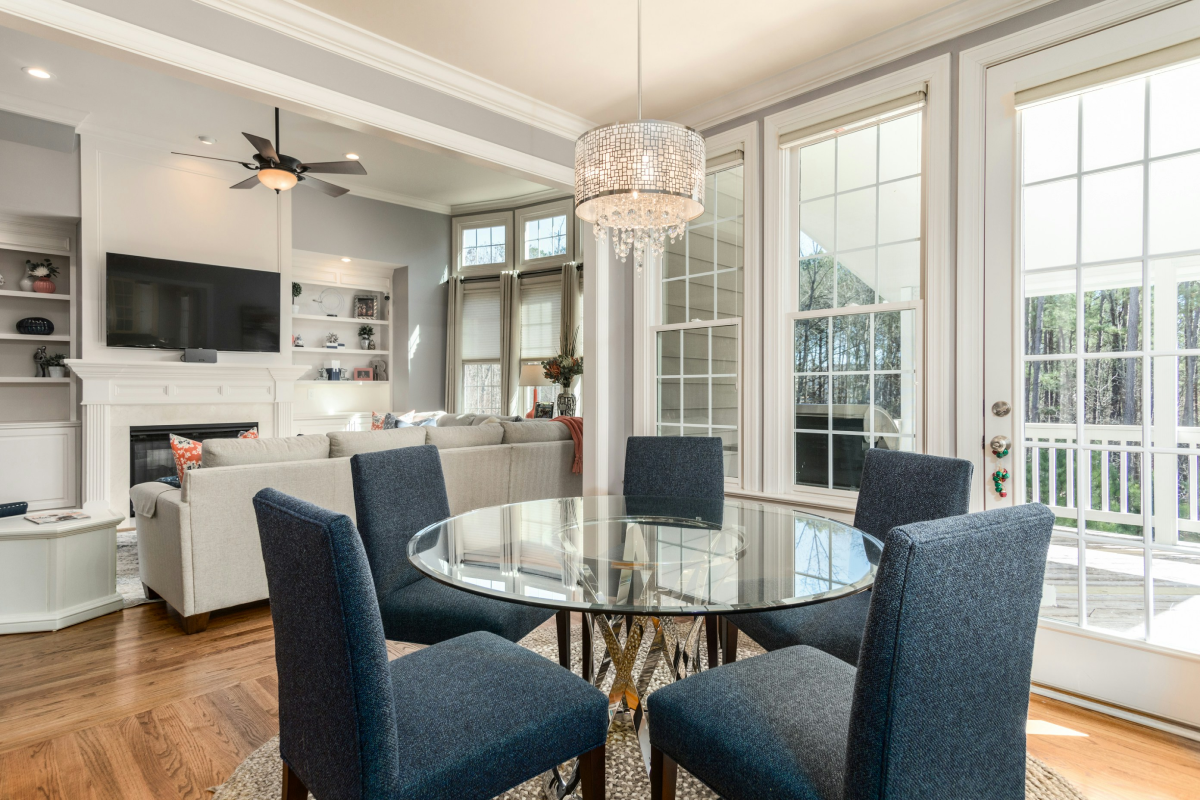Related Posts
Every day new post is delivered.

In the face of rising concerns about climate change and environmental degradation, the demand for eco-friendly homes is growing. Green real estate, or sustainable housing, is transforming the way people build, buy, and live in homes. By incorporating energy-efficient systems, environmentally friendly materials, and sustainable building practices, eco-friendly homes offer significant benefits to homeowners, communities, and the planet.
Sustainability in housing is no longer just a trend—it’s becoming a necessity. With the construction industry being one of the largest contributors to global greenhouse gas emissions, there’s increasing pressure to reduce its environmental footprint. Eco-friendly homes are designed to minimize energy consumption, reduce waste, and make use of renewable resources, thereby decreasing a property’s environmental impact.These homes often feature energy-efficient appliances, solar panels, rainwater harvesting systems, and high-quality insulation materials that reduce the need for heating and cooling. The goal is to create homes that are self-sufficient, use fewer resources, and ultimately lower a homeowner’s utility bills. As global awareness about environmental issues rises, more homebuyers are prioritizing sustainability when making property purchases, knowing that their investment aligns with their values.
Economic Benefits of Eco-Friendly Homes
One of the biggest incentives for choosing an eco-friendly home is the long-term savings. Though the initial cost of purchasing or building a sustainable home can be higher, the return on investment is significant. Homes that are energy-efficient and equipped with solar panels, for instance, often have reduced energy bills, sometimes by as much as 30% or more. Additionally, the increased durability of sustainable homes can result in fewer repairs and a longer lifespan for the property.Moreover, green homes can appreciate in value over time. As the market for sustainable living grows, homes that are environmentally friendly are becoming more attractive to buyers. In some cases, homes that have earned certification labels such as LEED (Leadership in Energy and Environmental Design) or ENERGY STAR may be valued at a premium due to their superior energy efficiency and environmental credentials.Governments and financial institutions are also offering incentives for eco-friendly homebuyers. Tax credits, rebates, and low-interest loans for green homes are becoming more common, making it easier for buyers to afford sustainable features. This financial support helps offset the higher initial costs and makes sustainable housing more accessible.
Every day new post is delivered.
© Acredge Landworks Pvt. Ltd. 2025 - All rights reserved